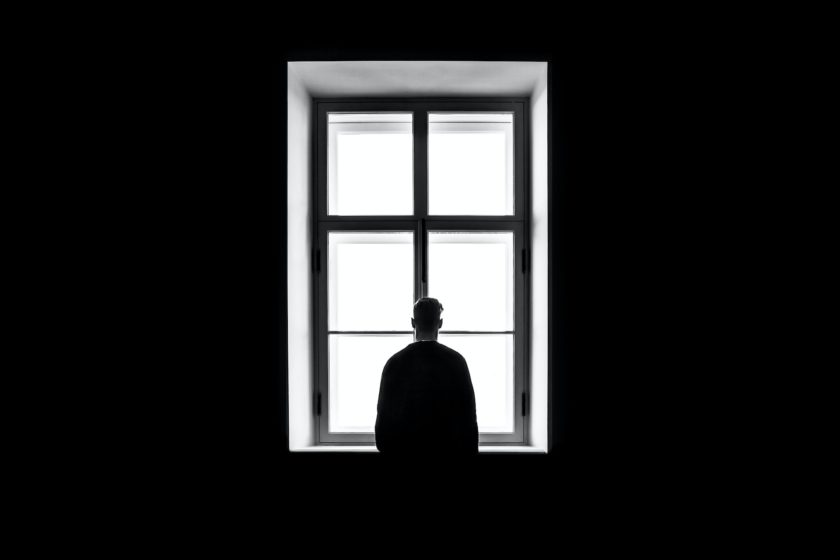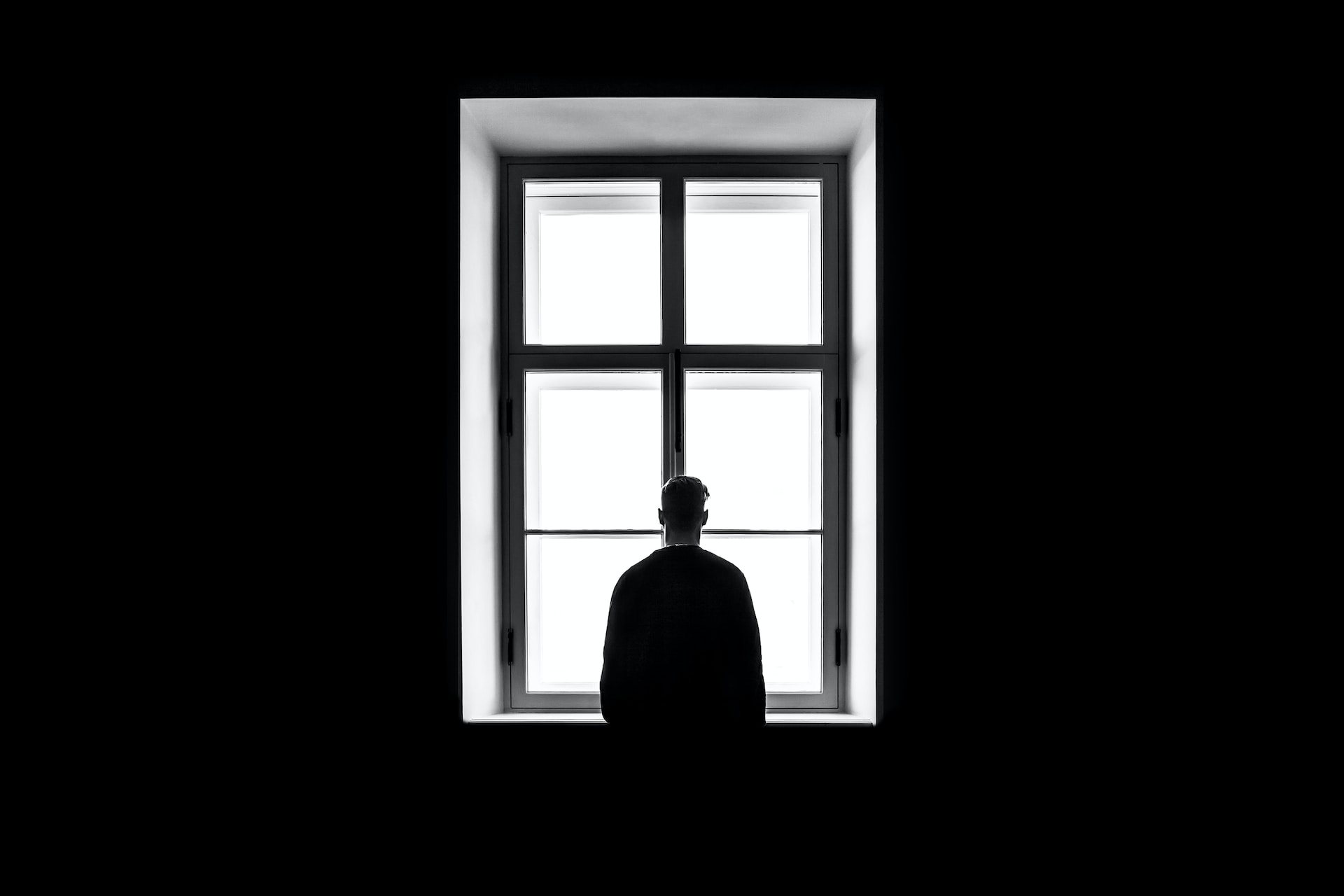Depression is a silent battle that many face, but it often goes unnoticed. It is like navigating through darkness, a journey full of uncertainties and hardships. However, the light at the end of the tunnel is not out of reach. With the right strategies, one can cope with depression and emerge stronger.
Understanding Depression
Depression is not just feeling sad; it is a mental health disorder characterized by persistent feelings of sadness, loss of interest, and a lack of energy, affecting your thoughts, feelings, and behaviors. It makes daily activities a challenge. People refer to depression as a ‘black dog’ – a dark presence that follows them wherever they go. The first step towards overcoming depression is to understand it.
Causes of Depression

Depression is multifactorial, meaning it is caused by a combination of genetic, biological, environmental, and psychological factors. Some common triggers include:
Genetic predisposition: Having a family history of depression increases your risk.
Life events: Depression can be triggered by a range of life events, including the passing of a loved one or a job loss.
Medical conditions: Chronic illnesses like diabetes, heart disease, and cancer can lead to depression.
Substance abuse: Alcohol and drug abuse are significant risk factors for depression.
Is it really ‘all in your head’?
Often, people dismiss depression as ‘all in your head,’ but it is essential to recognize that it is as real as any physical illness. It is not a sign of weakness or something one can simply ‘snap out of.’ Acknowledging this is crucial for healing.
Strategies for Coping with Depression
Depression may feel like a never-ending cycle of negativity, but there are ways to break free. Here are some strategies that can help:
Seek professional help: Consulting a mental health professional is crucial. They can help diagnose your condition, offer guidance, and recommend appropriate treatment.
Stay connected: Social support is vital. Stay connected with friends and family who can offer support. Sometimes, just talking to someone who listens and understands can make a significant difference.
Exercise regularly: Physical activity boosts endorphin levels, which can improve your mood.
Practice mindfulness: Mindfulness and meditation can help manage stress and anxiety, which often accompany depression.
Maintain a routine: Having a daily routine can bring a sense of normalcy and stability to your life.

Consider alternative therapies: Cannabis therapy, for example, has been found to help some people manage symptoms of depression, and hybrid strains like girl scout cookies strain in Canada are gaining popularity. Before embarking on any new treatment, it is crucial to seek guidance from a healthcare professional.
Challenge negative thoughts: Depression often brings a cycle of negative thinking. Challenge these thoughts by focusing on positive aspects and practicing gratitude.
The significance of the quote “To heal a wound, you need to stop touching it” lies in its reminder to shift our attention towards the present and embrace positivity instead of fixating on past grievances and pessimistic thoughts.
Finding Your Path to Recovery
Recovery from depression is a journey, and it is essential to find a path that works for you. It may involve trial and error, but don’t be discouraged. Grant yourself kindness and embrace setbacks as natural parts of life. What’s important is to get back on track and keep moving forward.
Remember, it’s okay to ask for help. You don’t have to navigate the darkness alone. With the right strategies, support, and mindset, you can overcome depression and lead a fulfilling life.
Feeling isolated and overwhelmed is common amidst depression. It’s crucial to bear in mind that assistance is accessible and restoration is achievable. If you or someone you know grapples with depression, don’t hesitate to seek professional guidance, while leaning on friends and family for support. Remember, it’s perfectly acceptable to request help and find solace in others during times of need. We’re capable of traversing the shadows together and discovering the illumination beyond.

